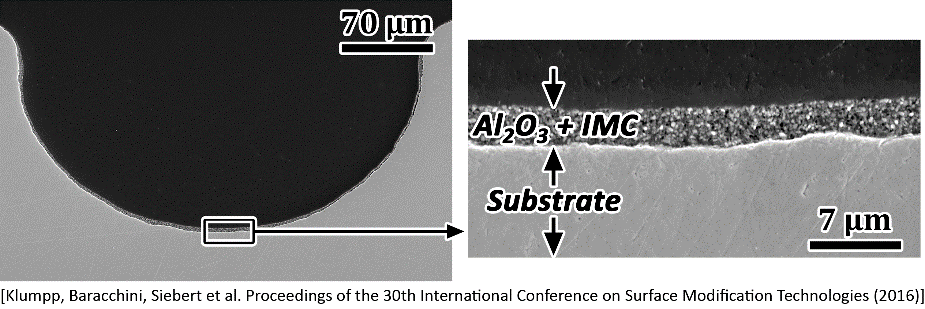Intermetallic Compounds as Highly Selective Catalysts in Microstuctured Reactors
- contact:
- funding: Normalverfahren
- Partner:
Chemnitz Technical University, Chemical Institute, Inorganic Chemistry
- startdate: 2013
- enddate:
2016
Within the project innovative pathways to integrate the highly selective semi-hydrogenation catalysts GaPd, GaPd2 as well as Al13Fe4 into microstructured reactors will be investigated, to result in a new hydrogenation technology.
Project abstract
The excellent heat transport in microstructured reactors allows exact catalytic testing of the materials in a wide range of process parameters. This results in important insights about the kinetics of the hydrogenation on intermetallic compounds, especially concerning the differences to conventional alloy-based systems. In the technical implementation higher temperatures could then be realized, enabling the use of the process heat to generate steam. By this, the process energy balance can be improved.Three different methods to synthesize or fill the intermetallic compounds in the reactors will be developed: i) unsupported Ga.Pd nanoparticles will be filled in a cross-flow microreactor which is used as reference system; inkjet-printing of Ga-Pd nanoparticles in microchannels and iii) sputter-synthesis of the intermetallic Ga-Pd compounds as well as the noble metal-free intermetallic compound Al13Fe4 directly into the microchannels. The latter represents an alternative and economic pathway to thin coatings with high specific surface areas of the compounds. Work within the project comprises the synthesis of the Ga-Pd nanoparticles, their characterisation as well as the development of the ink for printing the microstructured foils. In addition, the printed or sputtered coatings will be characterised concerning their phase composition, adhesion and morpology. Comprehensive catalytic tests of the reactor systems in the semihydrogenation of ethyne in a large range of parameters - beyond the established technology - allow determination of kinetic values. These form the basis to model the kinetics and to theoretically evaluate the new hydrogenation technology. Furthermore, the prepared catalytic coatings shall be tested for the hydrogenation of other unsaturated hydrocarbons like propyne or 1,4-butadiene to enable general conclusions.
Publications
Inkjet Printing of GaPd₂ into Micro-Channels for Selective Hydrogenation of Acetylene.
Siebert, M.; Zimmermann, R. R.; Armbrüster, M.; Dittmeyer, R.
2017. ChemCatChem, 9 (19), 3733-3742. doi:10.1002/cctc.201700288
Highly active catalytic wall coatings in the channels of microstructured reactors for process intensification.
Klumpp, M; Baracchini, G.; Siebert, M.; Lee, S.; Dittmeyer, R.
2016. Proceedings of the 30th International Conference on Surface Modification Technologies (Milan, Italy)

